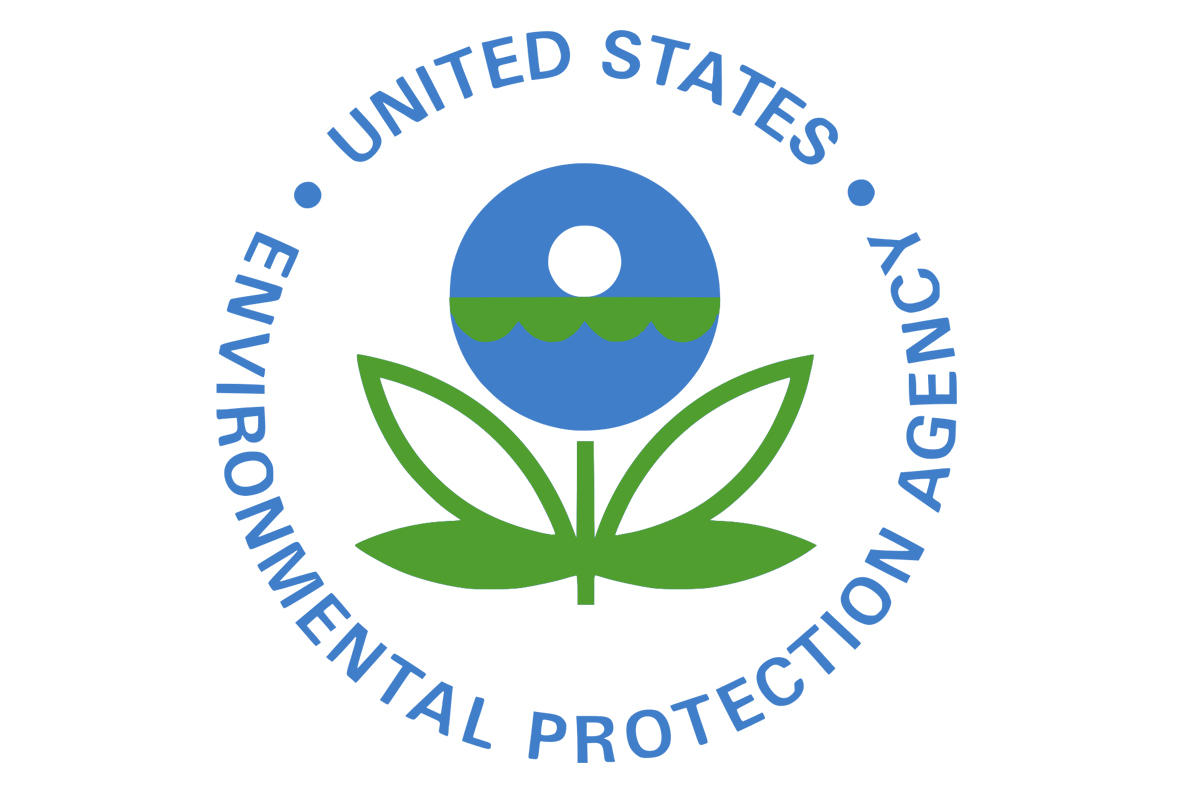The U.S. Environmental Protection Agency will require a federal pollution permit be used to regulate Los Alamos County’s contaminated stormwater, which for years has flowed into streams and the Rio Grande, a primary source of drinking water.
BY: SCOTT WYLAND | santafenewmexican.com
 Attorneys representing the Taos-based advocacy group Amigos Bravos said their client’s September lawsuit against the EPA pushed the agency to require the permitting under the Clean Water Act.
Attorneys representing the Taos-based advocacy group Amigos Bravos said their client’s September lawsuit against the EPA pushed the agency to require the permitting under the Clean Water Act.
The EPA issued preliminary findings in 2015 that showed pollutants in some parts of Los Alamos National Laboratory property and other areas of Los Alamos County far exceeded state health and water quality standards, yet the agency failed to take action, according to the Oregon-based Western Environmental Law Center.
“The EPA finally took a hard look at where these pollutants are coming from,” said Andrew Hawley, a law center attorney, in an interview. “The pollutants of concern were showing up in the tributaries going into the Rio Grande.”
EPA representatives at the regional office in Dallas couldn’t be reached Tuesday to comment on the agency’s decision or discuss the timeline for implementing the permit.
The agency recently issued a final determination that runoff from the lab and other parts of the county contained toxins such as mercury, copper, nickel, cyanide, radiation and polychlorinated biphenyls, commonly known as PCBs. New Mexico Environment Department data shows levels of PCBs, which are carcinogenic, are 14,000 times the level deemed safe for human health in Sandia Canyon and 11,000 times that limit in Los Alamos Canyon, the law center said.
Under the permit, pollutants must be reduced to “the maximum extent practicable,” using whatever technology is needed.
Filtering the stormwater might not require building a big treatment plant, Hawley said. Low-tech measures such as sweeping streets and installing berms, stormwater-drain filters and bioswales, which are channels containing vegetation, can help keep contaminated runoff from draining into waterways, he said.
“The first thing we need to do is keep the pollutants out of the stormwater — and then keep the stormwater out of the rivers,” Hawley said.
The EPA will administer the permit using state water-quality standards, Hawley said.
In the past, the state had recommended the EPA increase oversight of Los Alamos’ polluted stormwater flowing from the lab and county into the Rio Grande, a chief source of water for drinking and irrigation in the region.
Although polluted runoff from the White Rock community is believed to reach the Rio Grande, the tributaries closest to White Rock show no contamination, according to an EPA report.
Hawley questioned these findings, saying more thorough testing should be done.
It’s important to clean up polluted runoff, which is the leading cause of water pollution throughout the country, Hawley said.
“It’s the fundamental work we should be doing,” he said.
